* (restored/texts culled from the sites Perfect Sound Forever, Emitt Rhodes Music, & various interviews)

‘I’ve had all the good stuff, and I’ve have all the bad stuff. Sometimes I’m happy to be alive, and sometimes I couldn’t care less.’ — Emitt Rhodes, 2004
‘Most cult heroes are cult heroes by design. Either his or her music is too esoteric to be accepted by the mainstream, or his or her personality too erratic or weird for most people to understand or tolerate. In either respect, the artist usually has sought out selective rather than widespread acceptance on purpose. The cult audience, in turn, is grateful for the opportunity to feel superior to all the stupid, smelly legions of idiots who make up the majority of the music-buying public.
‘Then there’s people like Emitt Rhodes, who’s a cult hero for no good reason whatsoever. Far from obscure, his music is loaded with melodic charisma, that essential ingredient that makes you want to hear some records over and over again. Often called a musical dead ringer for Sir Paul McCartney, Rhodes is really the Macca we all wish Macca would be: an incredible pop tunesmith without all the gooey sentimentality and overflowing cuteness. The crown jewel of Rhodes’ small body of work is his self-titled debut album. Released to critical acclaim and modest commercial success in 1970, Emitt Rhodes has since taken on mythical status among power-pop and ’70’s rock aficionados. The album is a tour-de-force: just like McCartney on his first solo album, Rhodes played all the instruments and sang all the vocals himself. But even more impressive are the songs. Only 20 years old at the time, Rhodes had already absorbed the best of ’60s rock and matched it. Lennon/ McCartney certainly weren’t writing songs the caliber of “Really Wanted You” or “With My Face on the Floor” at that age. This precocious, good-looking kid should have been unstoppable.
Emitt Rhodes: ‘For me it’s one-four-five. It’s Pythagorean Theorum. For me it’s mathematics. I love Pythagoras. Everybody else in rock and roll loves Pythagoras, too, even if they don’t know it. It’s Pythagoras. You split the string in half and you get an octave. You split it into thirds and you get a third. I’m just telling you that Pythagoras was a wonderful guy. He lived a long time ago, nobody knows him and nobody cares. He gave us do re mi fa sol la ti do. Without him… somebody else would have had to do it. I love math. I love science. I love that stuff.’
‘But as it turned out, Rhodes was pretty much dead in the water careerwise at 24. A contract dispute raised the ire of his record company, and instead of nurturing a talented and potentially lucrative artist, they ended up giving Rhodes a royal rogering. Chewed up and spat out, Rhodes was burned out before his career really got started. While he’s flattered people still care about the music he made 30 years ago, being a self-described “has-been wannabe” doesn’t quite sit well with him.
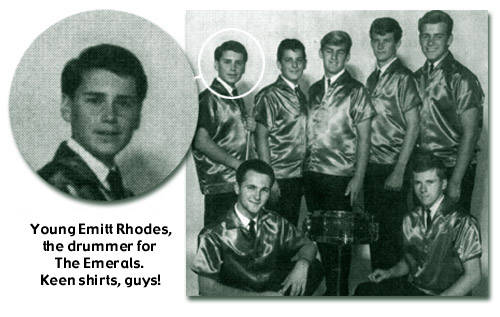
‘Born and raised in Hawthorne, California, a bastion of power-pop thanks to homeboys The Beach Boys, Rhodes started with rock ‘n’ roll in his early teens, playing drums in a band called The Emerals. “My father was really nice,” Rhodes said. “He let me use the garage. Having a garage was, for a drummer, a really popular thing. Every band needs a place to rehearse and I had one.” The Emerals played the local circuit, including Hawthorne High School dances. It was at one of these dances that Rhodes had a run-in with one of his hometown’s soon-to-be princes. “Dennis Wilson broke my drum pedal,” Rhodes recalled over 35 years later. “He never paid for it or got me a new one. He just broke it and left.” The Emerals soon evolved into The Palace Guard, who had a minor hit single called “Falling Sugar.”
Emitt Rhodes: ‘We had the name first. I had green drums. Everybody was looking for any reason to pick a name. I had green drums so they called us the Emerals, and they spelled it wrong. It was seven of us and three of them were brothers. Don Beaudoin was the leader of the band. It was child abuse. D… B… was the same age as I was and he was abused by G… B… who ran the Hullabaloo and who was the head of Orange Empire Records. He fucked him. I was fourteen at the time and I knew, so I would imagine his brothers knew also and that his parents knew too. He was like the sacrificial goat so [we] could get that big plum job at the Hullabaloo. The Palace Guard didn’t write our music. I didn’t write it either. I wrote songs that the Merry Go Round did later, that were hits to some degree, but I didn’t write “Falling Sugar”. I have no idea who wrote that, but it wasn’t anybody in the band. That was all stuff that was put together by this guy G… B… who liked to fuck D… B… in the butt.’
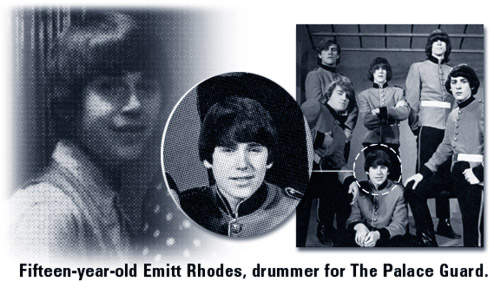
‘Emitt was still the drummer, but he was looking to step out from behind the drum kit and into the spotlight. In 1966, he left The Palace Guard and formed another group with a long name (remember this is mid-60s L.A.) called The Merry-Go-Round. Instead of keeping time, Rhodes was now the guitar-playing frontman and songwriter. Retaining guitarist Gary Kato from his old band, the 16-year-old Rhodes recruited drummer Joel Larson and bassist Bill Rhinehart to complete the line-up.
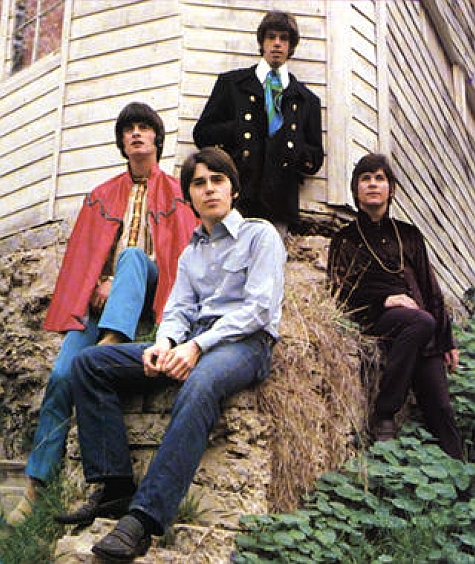
The Merry-Go-Round
‘The new group quickly recorded what would be its biggest hit, a Rubber Soul soundalike called “Live.” Based on a demo of “Live” and another song called “Clown’s No Good,” A&M; Records signed The Merry-Go-Round and released “Live” as a single. After the song shot to number one in L.A., A&M; slapped together a bunch of demos and called it M-G-R’s debut album. Called simply The Merry-Go-Round, the album holds up surprisingly well considering the circumstances. “Gonna Fight the War” and “Low Down” are tough guitar songs that rival the best Buffalo Springfield, while more melancholy tracks like “You’re A Very Lovely Woman” and “On Your Way Out” out-Big Star Big Star more than three years before #1 Record. Essentially a garage “boy band,” The M-G-R nevertheless had a sophisticated sound, due in large part to Rhodes’ rapidly developing songwriting ability.
Emitt Rhodes: ‘My problem is “Live.” I’ve had friends tell me this; I don’t really know. The Bangles did it and they put it on compilations and I should have got paid for it, but my publisher sent me a statement saying I didn’t, that he took the rights to the song back or something. I look at the contracts I signed when I was a sixteen year old, it’s child abuse. My mother and my father signed with me. I just wanted to make music. My mother and father didn’t know any better so they just signed with me and I have contracts that say “for perpetuity.” “We own these songs for perpetuity.” Forever, and I’m going “oh, okay.” I was only fourteen, fifteen, sixteen years old and I didn’t understand.’
‘But by 1969 Rhodes, now 19, grew tired of the inevitable in-fighting that comes with being in a group. He wanted to make music for himself and by himself, so he set up a makeshift studio in a shed behind his parents house. “I bought myself a machine. It was an old four track machine, an Ampex,” Rhodes recalled. “It had huge knobs and giant meters. It was the size of a washing machine. It looked like something out of Flash Gordon.” With his brand new four-track, Rhodes began bashing out songs for his first solo album. His desire to record everything himself was practical because he didn’t have any money to hire musicians. Alone in the studio he was open to experimentation. “I was a drummer and I had a piano and I had a guitar and I just started there. The next thing I knew I wanted to play the violin and the sax and the flute and the harmonica and the banjo and everything. I’m a tinkerer. I would buy an instrument and an instructional book, and just play scales for an hour a day until I felt comfortable doing it. And then I would write parts. I was more of an arranger I guess.”

‘With only three mics, two mixers and his four track crowded in the 20 foot long by 10 foot wide shed, recording was a time consuming process. “I had the machine on one end and the drums on the other, and I’d press the record button and run over and sit down and put the phones on. It was pretty rudimentary.” As Rhodes assembled the record, he had no idea he was creating his masterpiece. “I was just doing the best I could do, writing what I thought was important at the time.”
Emitt Rhodes “Really Wanted You” 1971 Promo Film
‘In the middle of working on the album, Rhodes approached ABC/Dunhill with some instrumental tracks. The label signed him and paid Rhodes the princely sum of $5,000. When Emitt Rhodes was released in 1970, it charted at #29 and the single, “Fresh as a Daisy,” broke the top 60. Rhodes was hailed by critics as an artist to watch, and with the singer-songwriter movement just underway, his career appear to be on the fast track.
‘Maybe too fast. ABC/Dunhill wanted more product from their hot new star, and they wanted it soon. His contract stipulated that he release two albums every year, a feat The Beatles regularly pulled off in their heyday. But unlike the Fab Four, Rhodes was only one person doing everything himself. It was hard work and a lot of pressure for a guy still living with his parents, but ABC/Dunhill was less than understanding. As work on his second album Mirror dragged on for nearly a year, the record company suspended his contract and sued him. “I got in trouble,” Rhodes said. “I was being sued for more money than I ever made. It didn’t make any sense to me.”
‘Released in 1971, Mirror bombed, going to only #182 on the charts. While the record boasts some great songs, Rhodes had clearly lost his momentum. “I worked really hard, did the best I could, and I got in trouble. I mean, it’s like, what am I doing? What am I doing this for?” he said. “You have to get your dog biscuit after you rollover or sit up. Otherwise you don’t want to do it again … I burned out.” Another album, Farewell to Paradise, followed and did even worse on the charts than Mirror. At 24, eight years after he formed The Merry-Go-Round, Rhodes stopped recording. “There were lawsuits and lawyers and I wasn’t having any fun anymore. That’s it. Simple as that. I worked really hard and there was no reward,” he said.
Emitt Rhodes: ‘I believe in death. It works. It goes black and then you’re not there anymore. I’ve been there a few times. I’m against death. I believe in life. I have my own religion. I’m an atheist. I believe in life being the most important thing there is. Life is it. I believe everybody will agree that life’s important. I’ve been dead so I know what death is. You go black. Kind of whiteout really. Your brain works up until the time that it doesn’t work anymore. My afterwards is different than yours might be. My afterwards is I don’t have blood sugar. My brain dies. It’s like I can’t think anymore because I don’t have enough blood sugar for my brain to function anymore. The last experience I had is that I was lying in the middle of my room trying not to drown on my own saliva because I couldn’t swallow because swallowing means that muscle has blood sugar to do it. I was beyond that.’

‘Other than a brief moment in 1980 when he had a record deal with Elektra/Asylum that was eventually terminated, Emitt has stuck to recording demos in his home studio that will probably never the see the light of day. “It’s just songs,” he said of his demos. “It’s melodic. I like melodies that go from one place to the next. I like chords. I can’t say what (a new album) would sound like because I haven’t heard it yet.”
‘There was some excitement in the past year among Rhodes’ fans when the 50-year-old signed to the small indie label Rocktopia. Rhodes even started pre-production work on what would have been his first record in over 25 years, sorting through his collection of hundreds of demos, and he was planning on hiring musicians instead of doing everything himself. “I wanted to hire people to come play with me and just play producer and songwriter,” he said. “I’m an old guy now. I get sleepy at night. I have friends that play so much better than me (and) I just love listening sometimes.”

‘But his deal with Rocktopia ultimately fell through when the label ran out of money. Without an advance to finance a new record, Rhodes can’t move forward. “I have the desire to do it but I don’t know if I have the time,” he said. “It’s on hold at the moment, unless I find a way to support myself without working. I could win the lotto I guess.”
Emitt Rhodes: ‘I met this guy, an enthusiast. Wasn’t a great songwriter. But I liked him, so I thought, well, I’ll help him out and help him write a song. So he gave me this lyric, and I went over the lyric, and there was only one phrase in the whole thing that appealed to me, and that was, ‘Oh Lord, what’s a guy gonna do? What’s a guy supposed to do?’ or something like that. And it was about him waiting for his girlfriend who was upstairs talking on the phone to another girlfriend, and he was getting tired and didn’t want to go out, and anyway, it was complete nonsense, and I changed it to, ‘Oh Lord, what’s a man to do?’ and put it in minor key and sent him home and said, ‘Write some lyrics’. And he came back, and he had written, ‘How long I’ve anguished and set aside what little’s left of my foolish pride’, and I thought that that was so good that I wrote more to it. It all made sense to me; I saw the focus of it. So I kind of kept steering the lyric in that manner, and he would write more, and I’d send him home and he’d write more. Then every once in a while I’d throw a line in there, and then I used [with mock grandiosity] my superior ability in writing chord progressions to write what I thought was a real beautiful chord progression in its own right, even without a melody. And then I put a melody to it, so then I made it my song, you know. And then we went on from there and we did three songs, ’cause going to do just one didn’t seem right. He had this friend who had a studio in an office building, so we went into that studio and started recording. And we were like the first people in it, and I had friends come by and play, and stuff like that. And it was good for his studio, I thought. But this guy was just digging a hole for me to walk into. He handed me a bill. Some people are like, you know, they trip you, and then they call you clumsy.’
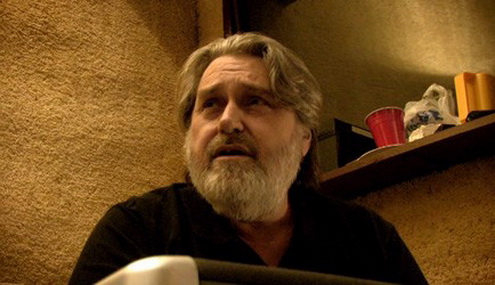
‘Today Rhodes still lives in the neighborhood where he grew up, in a house across the street from his parents’ old house. “I’m just trying to stay alive,” he said. “I have a small studio and I rent studio time … I’m not a rich person. I make a living.”‘ — collaged
“I was real fortunate. I had two parents who allowed me to make noise as long as it was outside in the garage. I made those records when I had no bills. I didn’t have a house at the time. I had very little bills and very little worries at the time. Music was pretty much the focus of my life, just making noise. Now it’s making noise to pay the landlord.”
Trailer: ‘THE ONE MAN BEATLES: The Emitt Rhodes Story’
Emitt Rhodes playing piano in ‘One Man Beatles’
EMITT RHODES – LOST PHOTOS AND MEMORIES
Emitt Rhodes Music
Official Emitt Rhodes @ Facebook
Emitt Rhodes Discography
Emitt Rhodes interviewed @ L.A. Record
Emitt Rhodes interviewed @ The LA Beat
Emitt Rhodes interviewed @ SCRAM Magazine
‘One Man Beatles’ @ imdB
‘The Emitt Rhodes Collection’
‘Emitt Rhodes Recorded At Home’ @ Tape Op
RIP July 19, 2020
*
p.s. RIP Bernadette Mayer ** Dominik, Hi!!! My pleasure on the books front, natch. My brain cells wither in sympathy. Briefly, thank goodness. Oh, I was thinking about pomegranates, I don’t know why, and how delicious their seeds are and how hard it is to crack them open, and how that makes the seeds sort of like jewels in a safe or something, and I got excited, and, yeah, I’m weird, ha ha. If you actually did find that poor globe, that’s very sad. I did quite like the ‘in front of a liquor store’ detail though. Hugs. Love telling a joke that everyone who hears it agrees is the perfect joke, G. ** David Ehrenstein, Lucky him! ** Sypha, I’ve never read Grant Morrison. I know, I know. A friend whose opinion I trust spent about twenty minutes the other day telling me how completely terrible that new Cormac McCarthy novel is, and it seems hard to believe. ** _Black_Acrylic, The one time I visited George Eliot’s grave it was festooned with admirers’ gifts. Lots of cigars for some reason. Ooh, a red splash. Like a rolling horror movie prop? ** tomk, Hi, Tom! ‘Summer’ is pretty great and kind of devastating. You good? What’s up? ** Jamie, Enthusiastic Wave, Jamie. No, not consciously. I’ve been to Ostend. When I was living in Amsterdam. There was an art exhibition there, as I recall. Outdoor sculptures. On a beach? Nice, man. Obviously I’m thrilled you’re putting your life in danger of excess eeriness on behalf of your novella. No, I didn’t see art. I’m Mr. Plans Thwarted Dude of late. But it was okay. Did some productive Zoom interviews for film crew positions and walked around and went ‘brr’ frequently. Safe trip to Ostend, by train? How eerie is it? Abridged love, Dennis. ** Dom Lyne, I tend to think weird-positive is the ultimate positive. Life being just plain old weird at the best of times. Ooh, hidden messages, much less to yourself. That’s very exciting to think about. Dom and Dahmer sitting in a tree k-i-s … Ha ha. We’re going to shoot the film around the LA area. Most probably in the desert-ish part, Joshua Tree and that sort of hood. It’s in English. Minnie is a really good name. I can’t explain why though. Love from the city that thinks it invented love, Dennis. ** Ian, I really liked the new Lambert. Well, duh, I guess. Reading is kind of the ultimate antidepressant, I think? No that you’re depressed, of course. xo. ** Ahh! Licks James, Wow, that was a pretty paragraph, thank you! ** Autumn Glint, Yours was too, just a little edgier. Consider my wad yours. ** Brian, Hi. I used to really like Blanchett in films, up until just after the ‘LotR’ period. I only like Swinton in Jarman’s films where she wasn’t ‘acting’. Yes, the urge to adapt Berlin is just dumb. It seems safe to assume that whoever wants to adapt that book doesn’t really get its greatness. Needing and struggling to get employment is a big stress eruptor for sure. Everything to do with needing and not having money is the absolute pits of being alive. Is there some official way to kill off an eating disorder? I guess there must be. That sounds nerve wracking. Dealing with and worrying about that, I mean. There’s nothing banal about the things that are problematizing your life, man. In fact it could probably be argued that having no problems is banal, I reckon. Right, Thanksgiving, I keep forgetting. It’s tomorrow, right? Big giant meal across the table from the most familiar faces of all. Enjoy that (if I’m right). My week should be okay: some events, some meetings, some work (on Gisele’s new theater piece), some … something. ** Tea, Ah, shit, sorry. I have yet to know whether I enjoy Mai-chan, but it sounds likely. I get pretty obsessive about my characters too, I guess just in a different way, but I always think of them as figurative shards of some idea I’m having, I guess. I think it’s about figuring out the dividing line between being hell bent and patient at the same time. Which I think is possible. If I am diagnosing my own writer state correctly. Hm. I hope your today is notably and markedly better. ** Right. I don’t often indulge my love of pop rock on this blog, but I am doing that today by restoring this post about the ‘cultishly’ revered pop rock auteur Emitt Rhodes, who sadly died between the time I originally made this post and now. Do find out if his stuff’s seductive powers work on you. See you tomorrow.

 Constance Debré Love Me Tender
Constance Debré Love Me Tender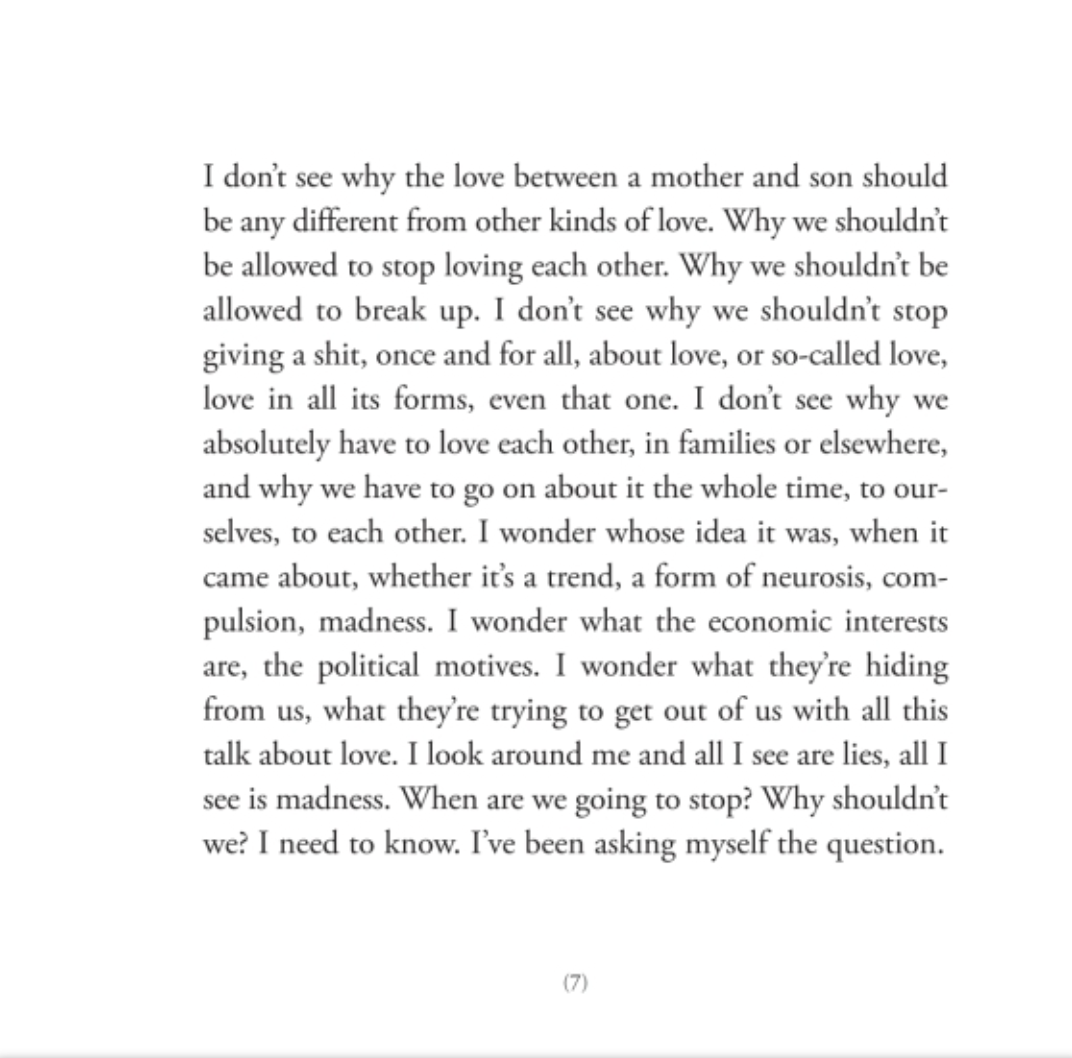
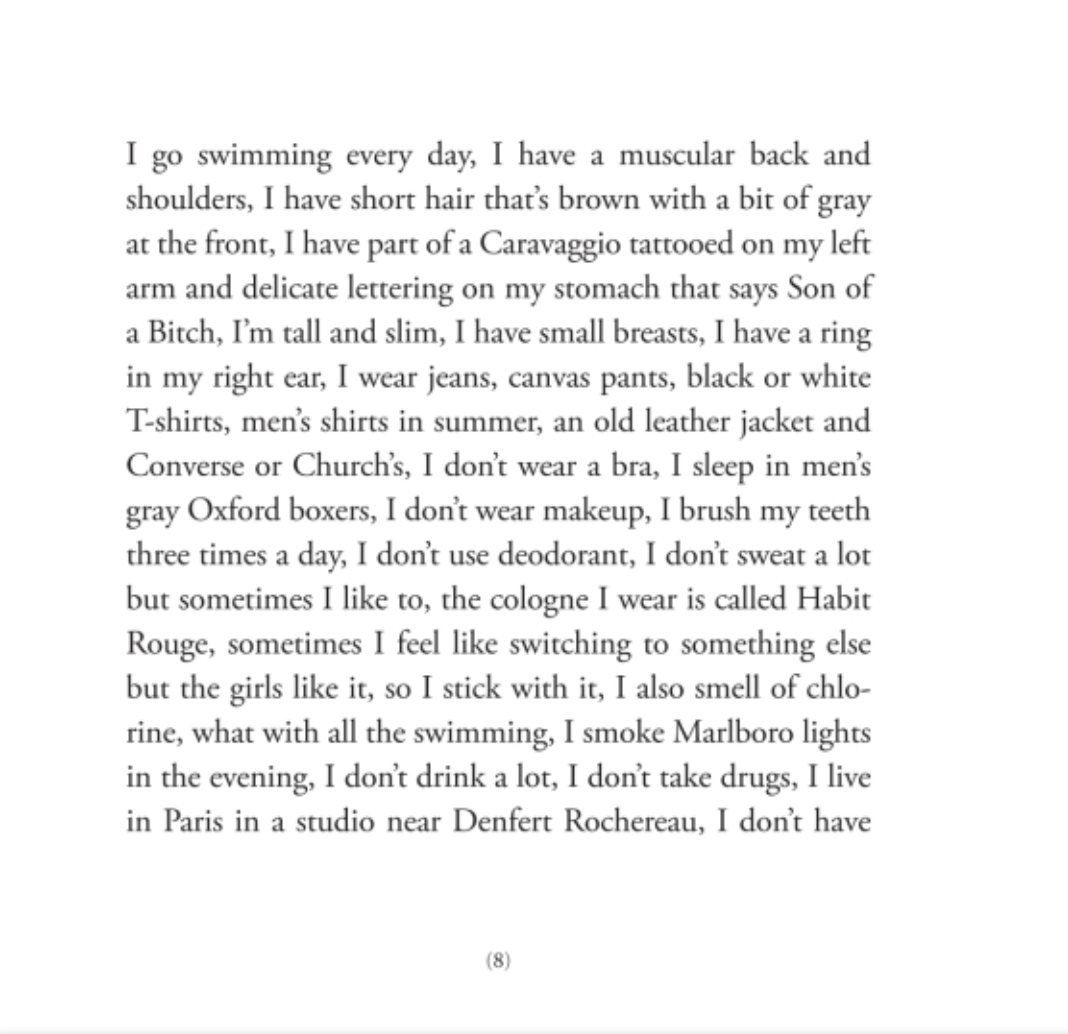

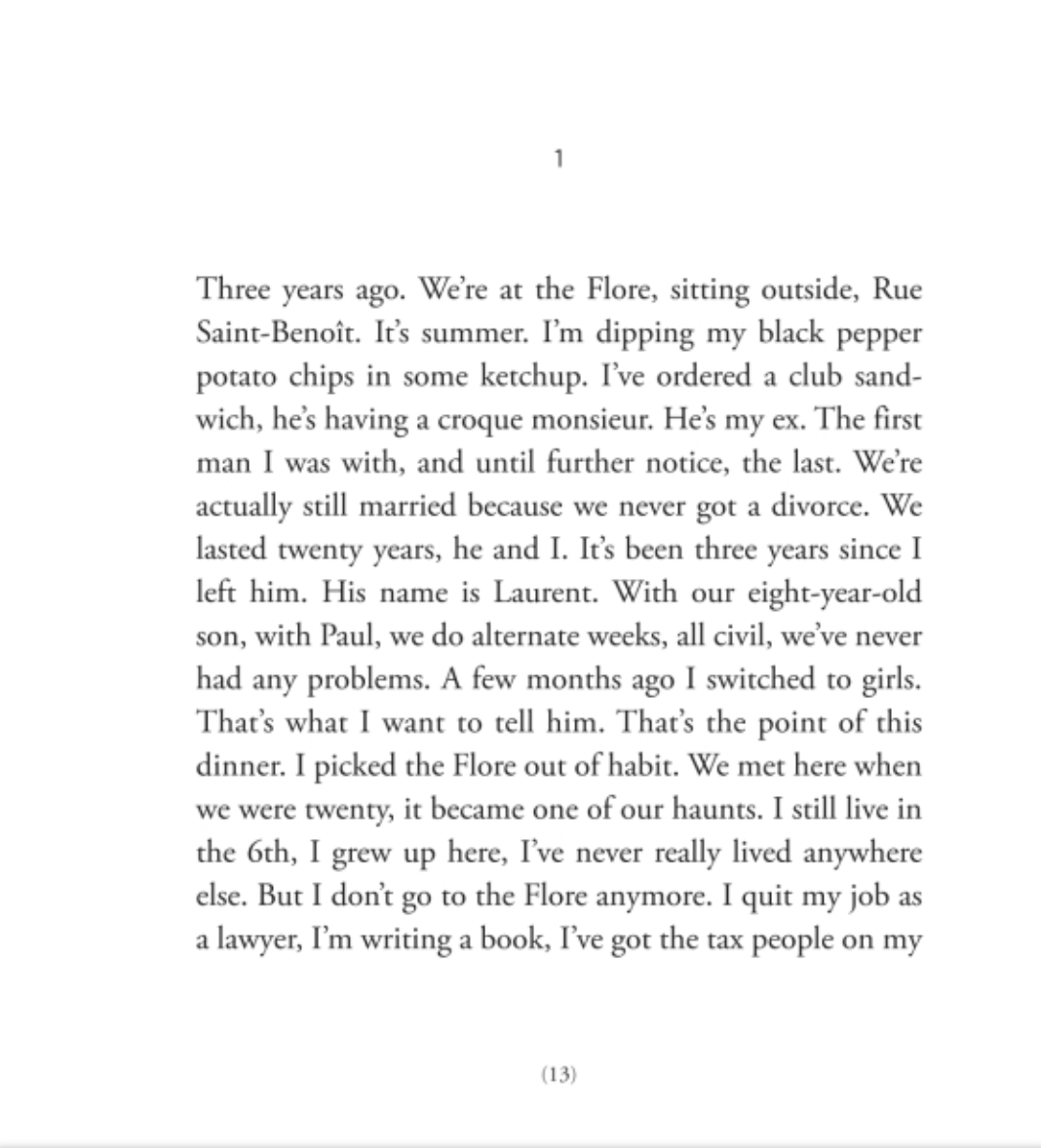
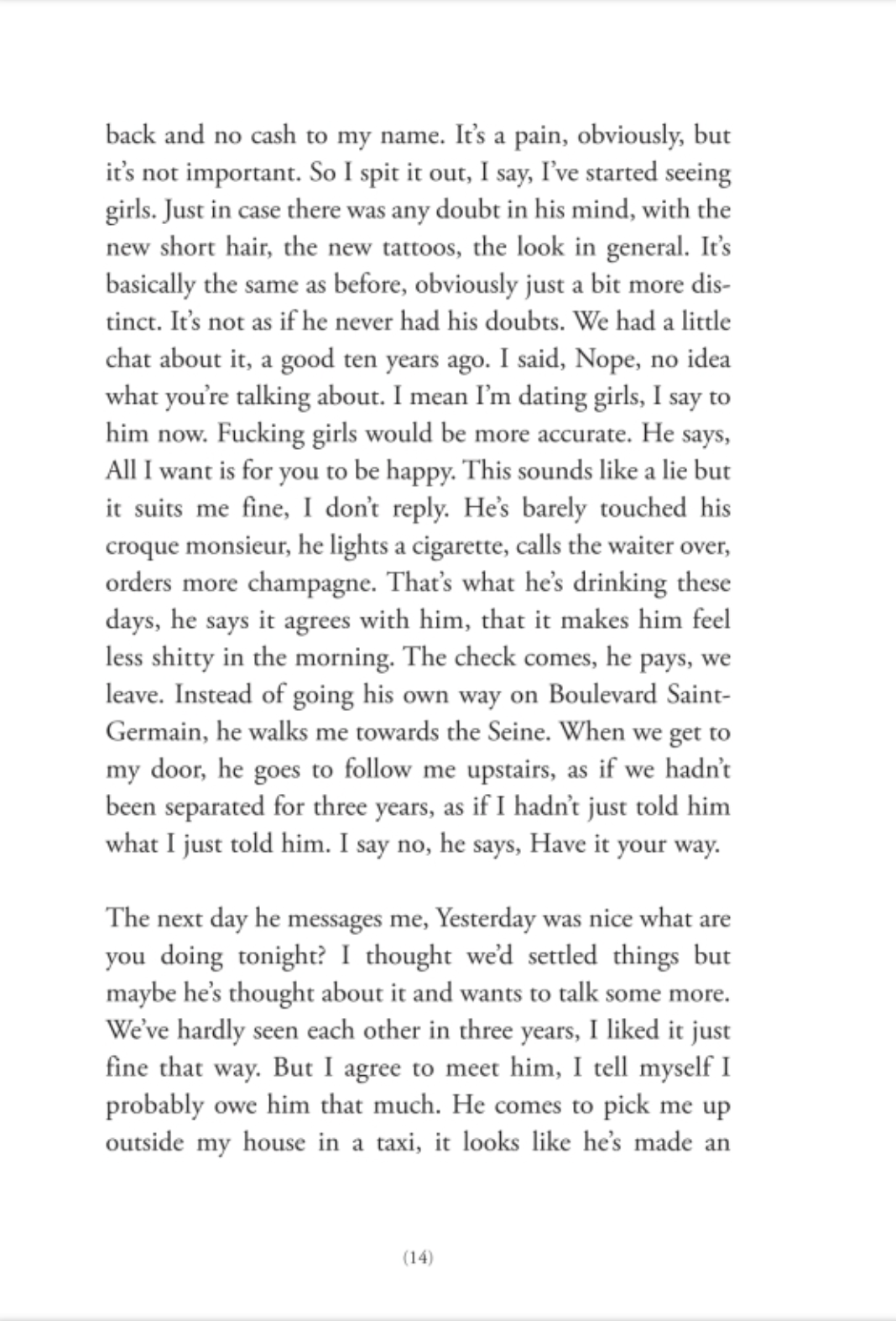
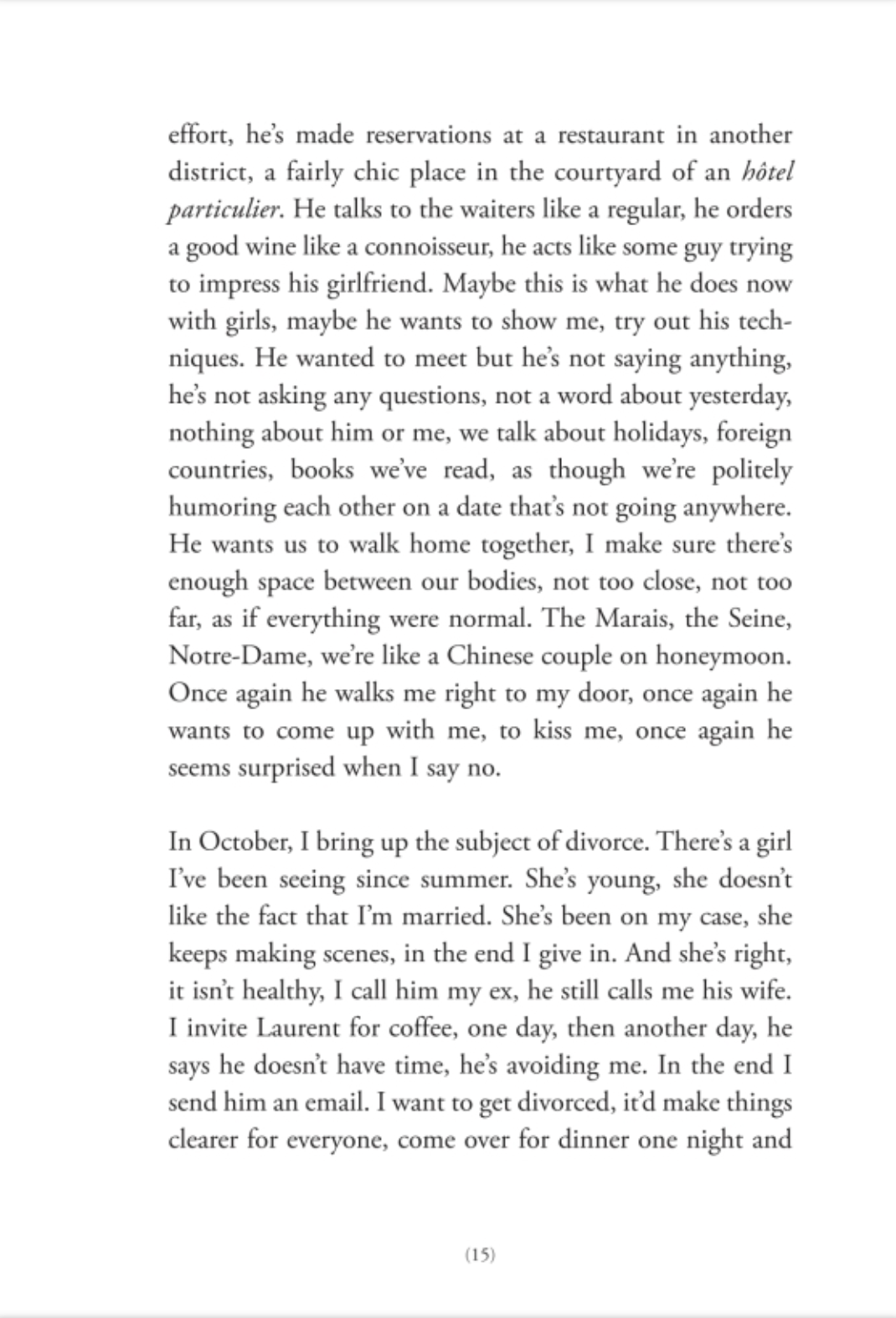
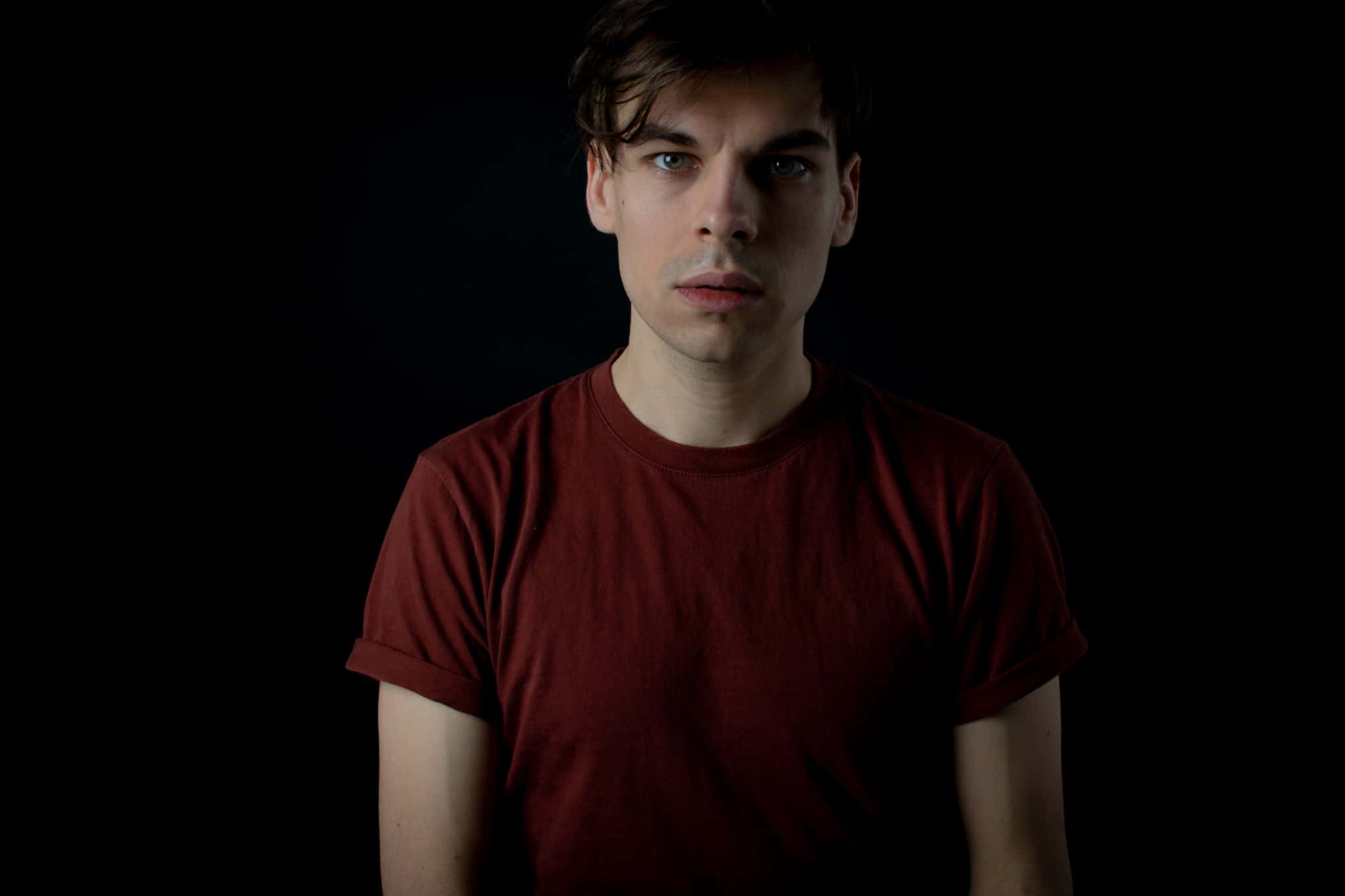
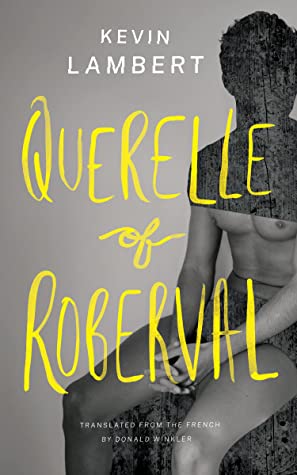 Kevin Lambert Querelle of Roberval
Kevin Lambert Querelle of Roberval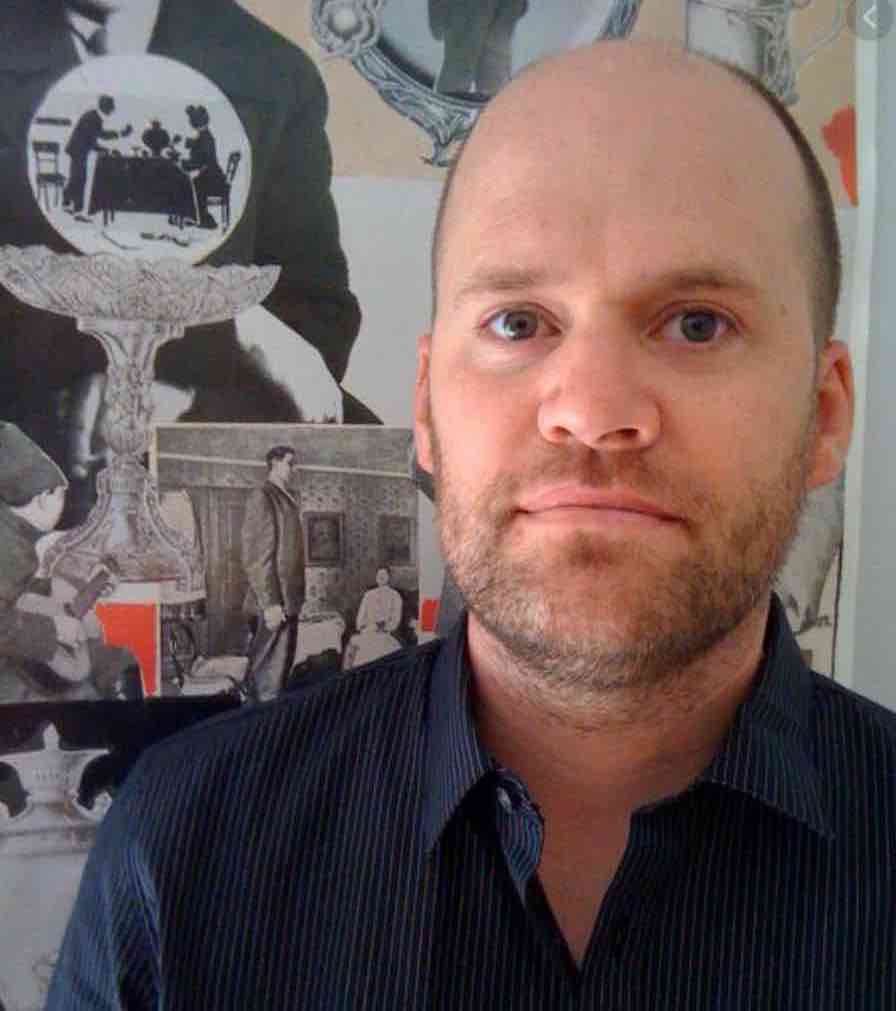
 Johannes Göransson Summer
Johannes Göransson Summer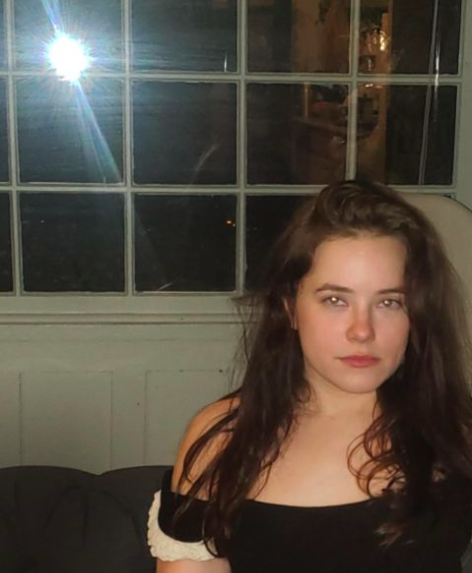
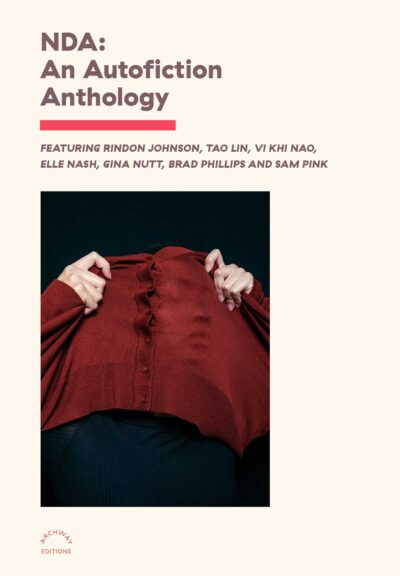 Caitlin Forst, Editor NDA: An Autofiction Anthology
Caitlin Forst, Editor NDA: An Autofiction Anthology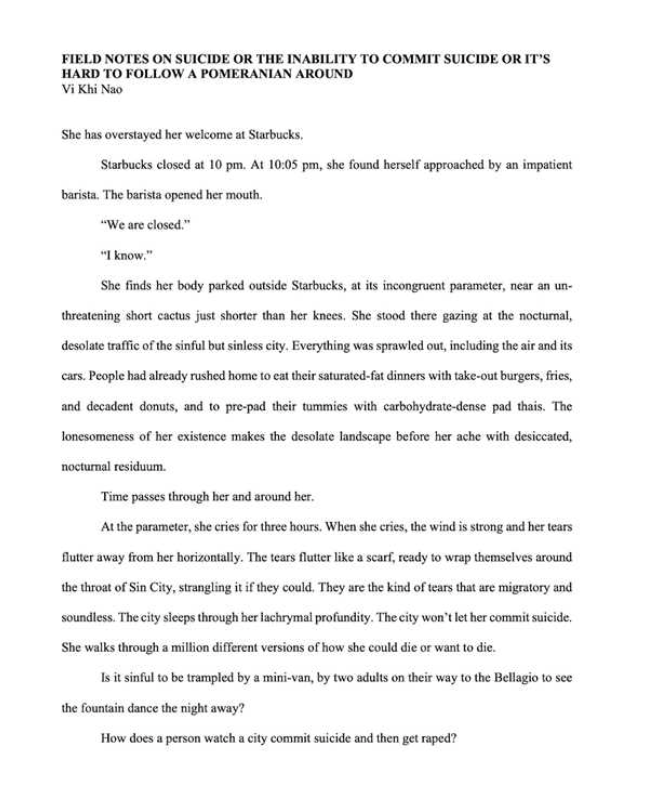
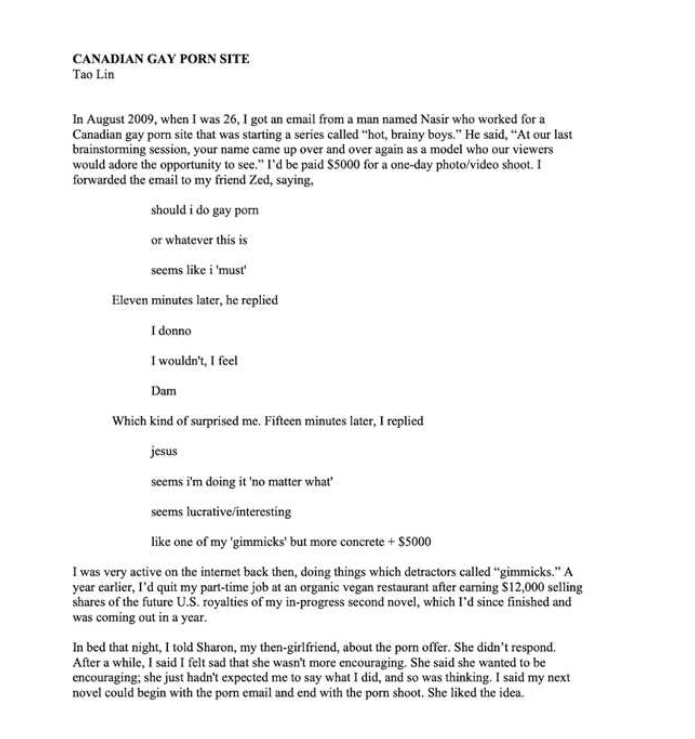
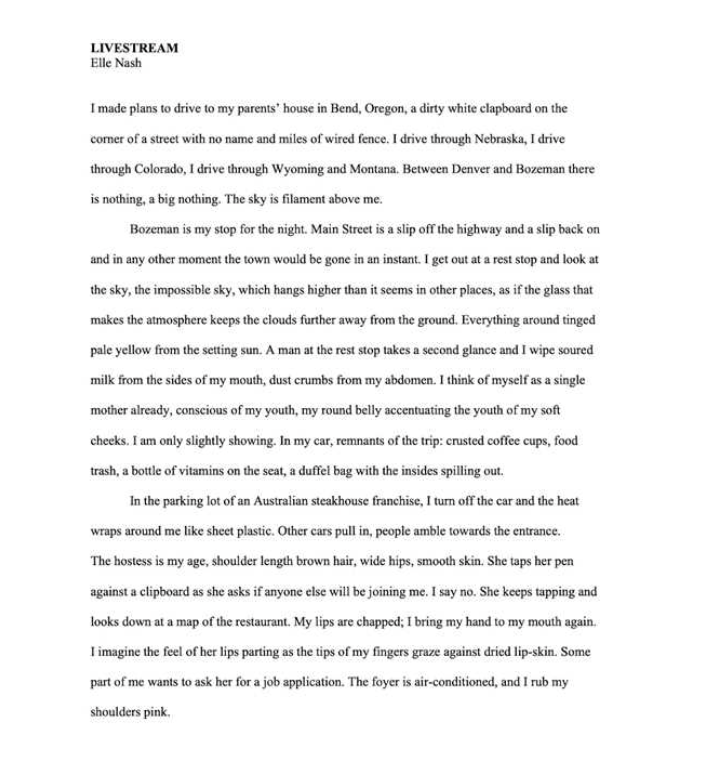
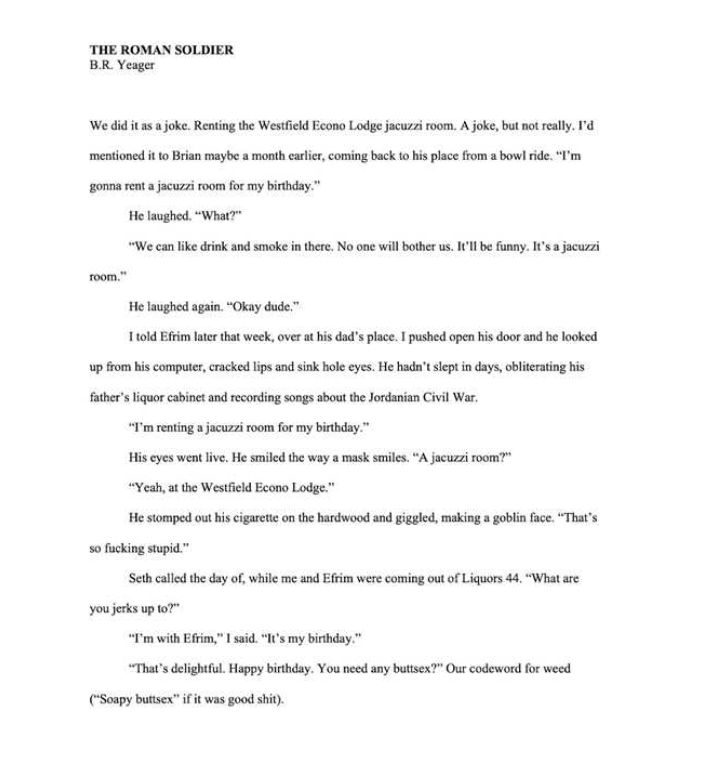
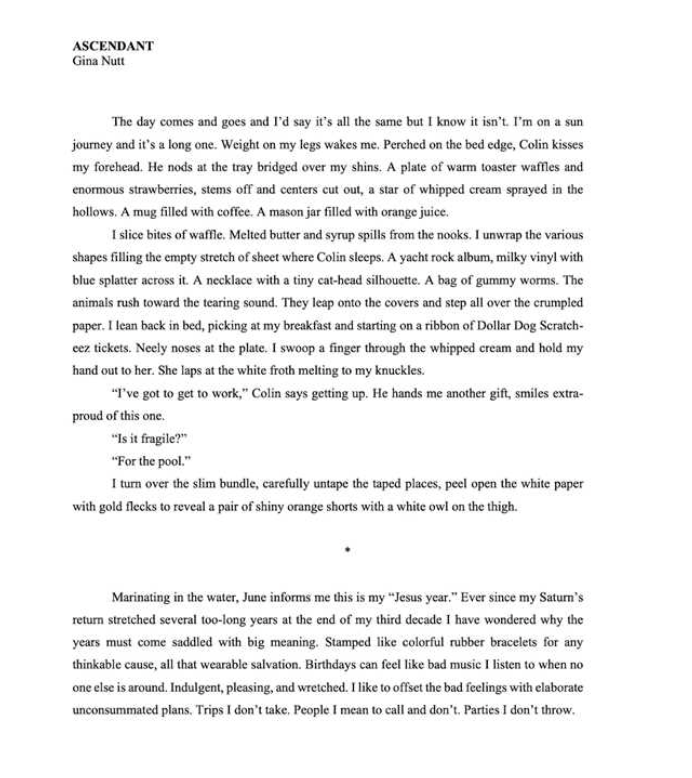


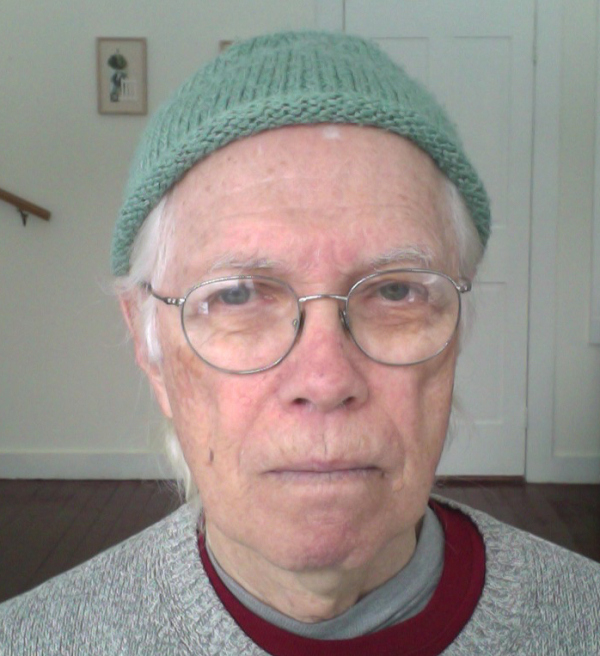
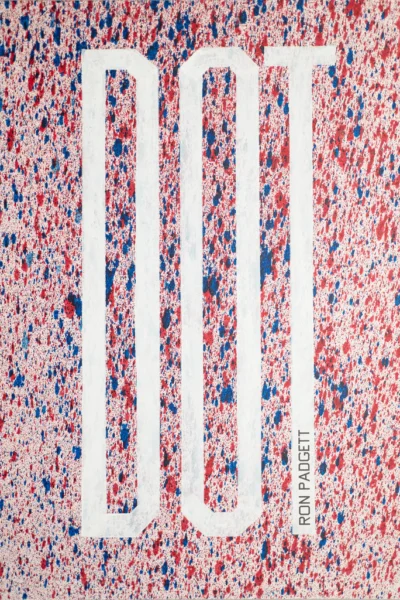 Ron Padgett Dot
Ron Padgett Dot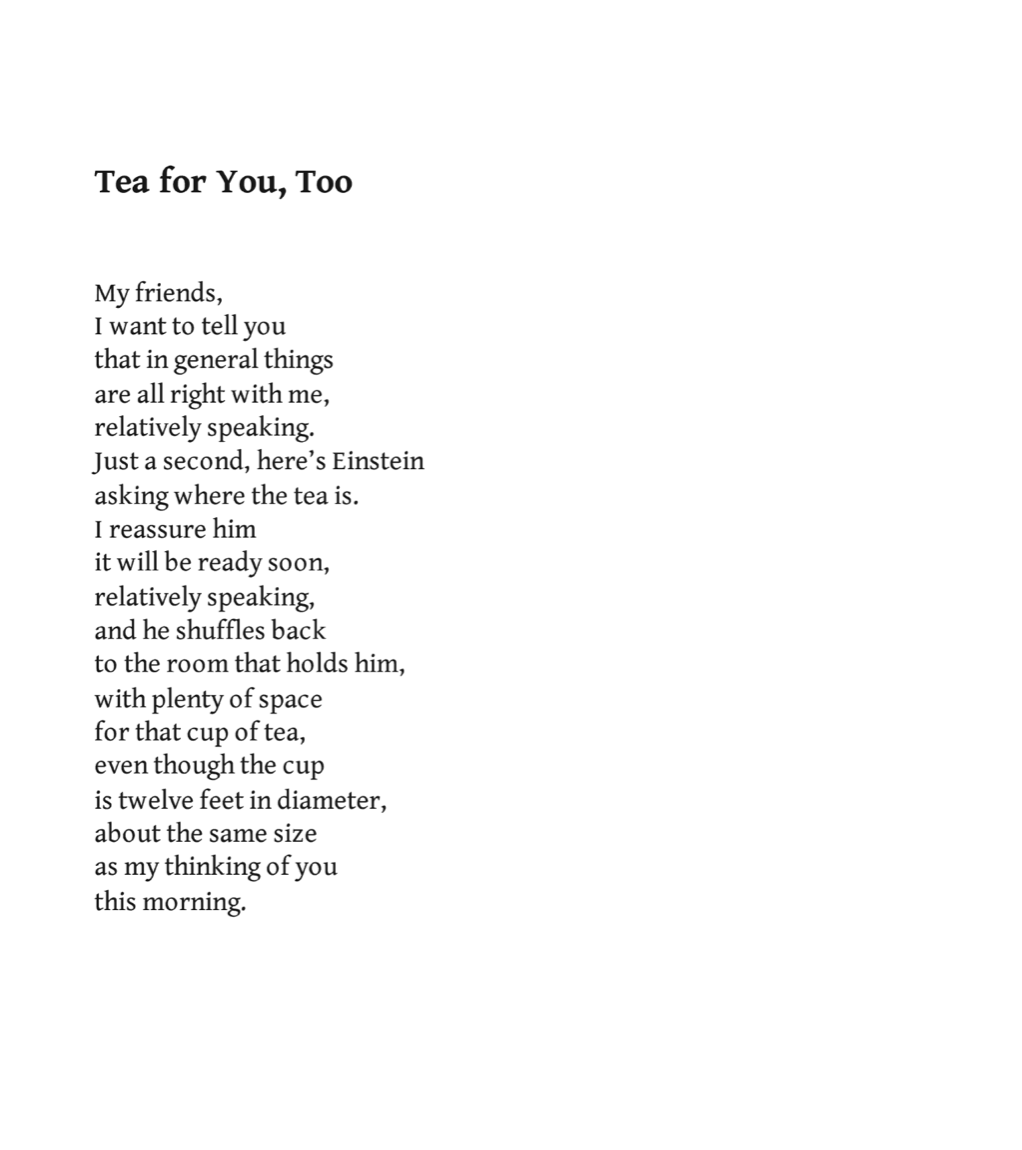

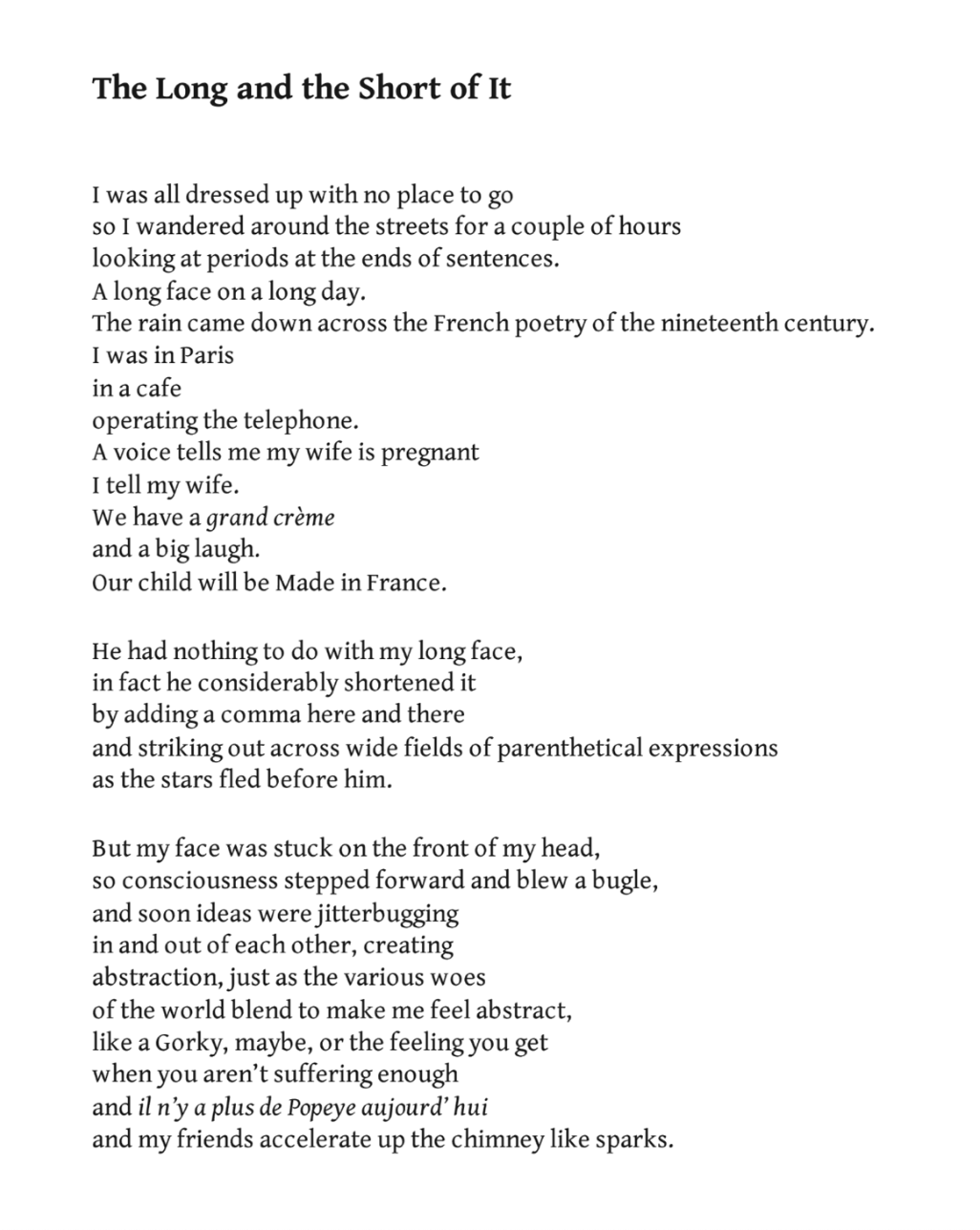
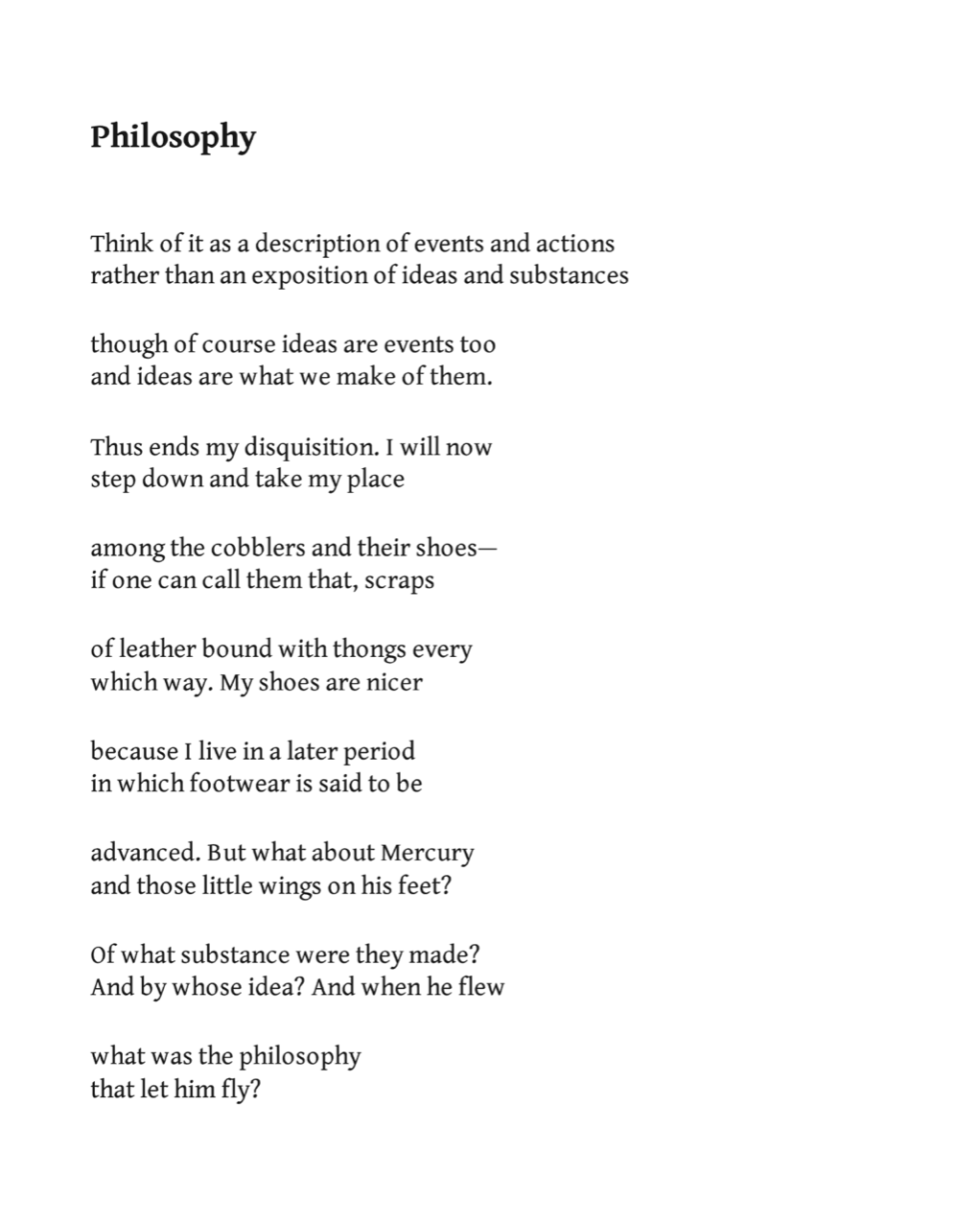
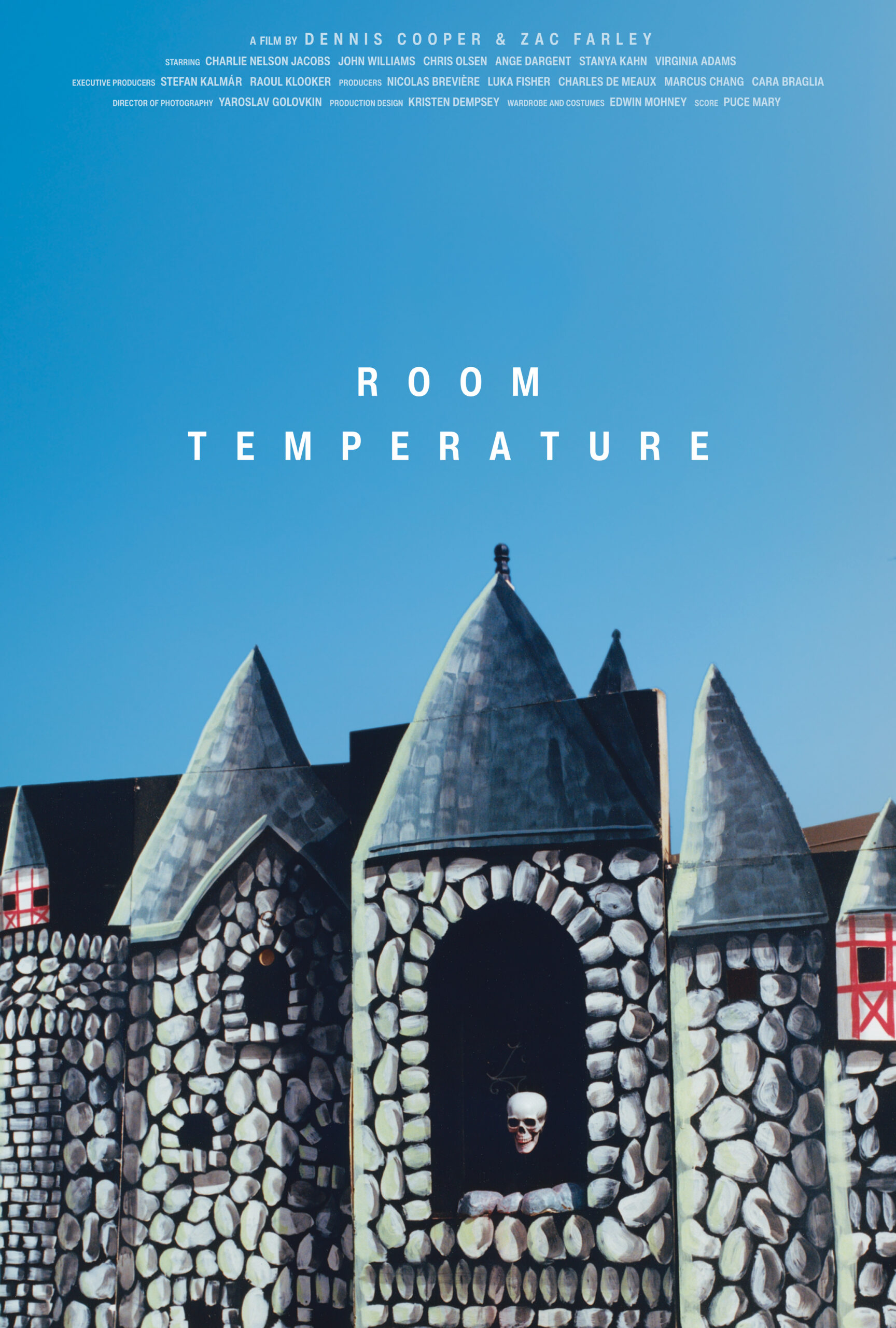



 Now available in North America
Now available in North America 